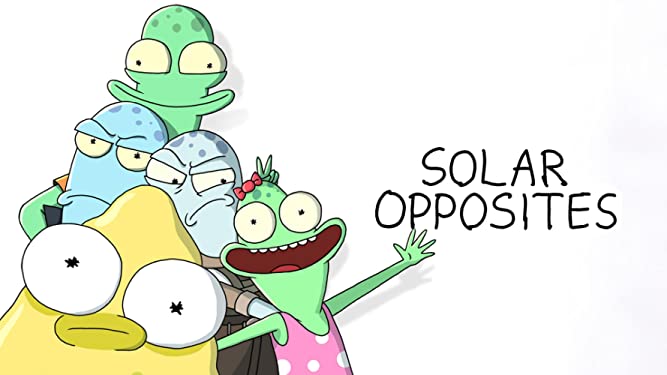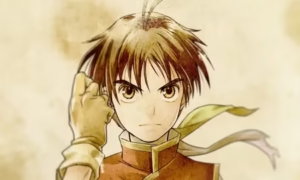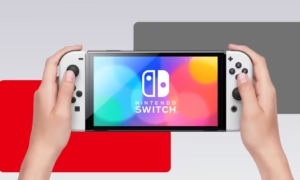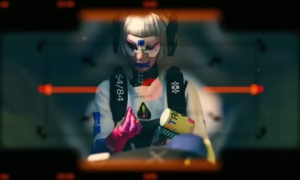Solar Opposites: Season 3 REVIEW – Alien Patchwork
Justin Roiland’s first season of his domestic sci-fi animation Solar Opposites, was always going to be somewhat under the watchful eye of Rick & Morty. Although Dan Harmon cannot be there to guide Korvo and his misfit alien humanoids through their adventures, it wasn’t easy to talk about Hulu’s animated sequel project without mentioning the Adult Swim megahit.
Perhaps this is an issue that Solar Opposites has addressed as it moves into its third season. The sophomore episode of 2021 felt like an improvement over its debut. It expanded the story of the Shlorpian humanoids and explored the intricate ‘B’ plotline. The danger with the third season is that it fails to build on the momentum of the first.
This is both a blessing as well as a curse for Season 3. It’s a mix of great ideas, conflicting expectations, and annoying intra-show memes that this 3rd round hasn’t been able to overcome. The evolving family dynamics are back, which was a strength of Season 2. Also, the mind-bending sci-fi adventures and internal machinations facilitated by Yumlulak’s bedroom walls are back.
There are also some things you wish you could have thrown out when you had the opportunity: overreliance on ultraviolence, swearing as a joke, and endless cultural references. These references tread the line between irony and sincerity, but they don’t bring you many laughs. However, you decide to take them.
It is a shame that many of Solar Opposites’ most pressing issues have not been addressed between seasons 2 and 3. It is still very confusing tonally.
Solar Opposites wears the polka dot and bow outfit of Jessie, the middle daughter of the family. They appear as innocent and colorful as any cartoon on Cartoon Network. However, they occasionally throw random instances of gore onto the screen. It can be as disturbing as watching a series of horrific murders on Sesame street.
This is a dissonance between aesthetics and the actual content that I can understand. South Park was a popular show that combined juvenile aesthetics and excessive violence many years ago. Solar Opposites’ writing suffers from dissonance, making it feel like a constant duality between its creator and its writers. It tries to be serious at times, but it is stifled by Terry’s inappropriate comments about TikTok and Bad Bunny. We are left wondering who these remarks are aimed at.
This issue is a slap in the face episode by episode. Korvo falls ill since Terry, and his companions aren’t pulling their weight. Terry then complains that “We don’t have the right tools here” – a comment that is directed at either the under-15 crowd or the 35-year-olds with cynical minds who can laugh at such absurdities.
Terry is so fond of referring to pop culture that (to a certain extent, it is part of the joke), we are left wondering where referential irony ends and Gen Z pandering begins. The Kardashian jokes are immediately followed by references 90’s film Robin Hood: Prince of Thieves. This doesn’t sit well together.
Solar Opposites can sometimes be so openly on the nose it is impossible not to get sucked by their vulgarity and aggressiveness. Convalescent Korvo is offered “root beer,” Sunny D, and piss and then asks “Is it hot?” It’s so childish, stupid, and unabashedly repulsive that “I want hot piss” is a surprising laugh. The subtlety of a knob gag riding on top of a large fart cloud will turn off some viewers immediately. However, those are the times when I was strangely won over by Solar Opposites’ unique brand of shtick.
It’s not a joke to say that Roiland and his co. Know how to write a narrative. Even though he brazenly admits it all too often, Korvo’s end-of-episode summaries often feel like self-glorifying masturbation just for the sake of the collective ego. Although we live in an age of postmodernity or even post-postmodernity, having characters proclaim all the lessons they have learned after a week’s adventures feels less like tongue-in-cheek meta-commentary than onanistic self-adulation.
Although some of the storylines in this season are truly great, I would rather do that on my own than let the writers use their characters to their advantage. Tiffany Haddish’s supercomputer Aisha, who is sassy and feisty, doesn’t have to declare that Korvo has made a great deal of emotional growth. Self-consciously ironic or not, what happened to “show, don’t tell”?
Although Solar Opposites events do have some consequence, it is still episodic. This means our core cast of characters doesn’t feel much different from those who debuted in 2020. However, they do feel closer to a family unit. Although it may seem like a missed opportunity, it prevents things from becoming too tied to their history or lore. This allows narratives to move in different directions and is less restrictive. It makes sense considering that Solar Opposites was intended to be a lighter, more casual companion show.
Ironically, Solar Opposites, a show that tries to be different from its larger, more successful sibling, does its best work when it is truly reaching for the stars. It can feel like many episodes are just filler, particularly early on. This is why it’s so much fun when the training wheels are removed and things get supersonic. The extraordinary ’99 Ships’ explores the history of Schlorpian culture and explains what happened to Korvo’s race after the asteroid struck. Similarly, the delightfully surreal ‘Hululand’ is a network-inspired theme park that takes place in Disneyland.
Solar Opposites is still a confusing, frustrating, and tonally dissonant vision. It’s a mess of conflicting voices, confused ideas, and divergent sensibilities that can’t always figure out what it is and who it wants it to appeal to. It could simply be lackluster writing or Roiland and company have intentionally included as much gore and sputum as possible to please Rick and Morty acolytes who are moving over to Hulu. The answer is probably closer to the former, which I give the show credit for.







